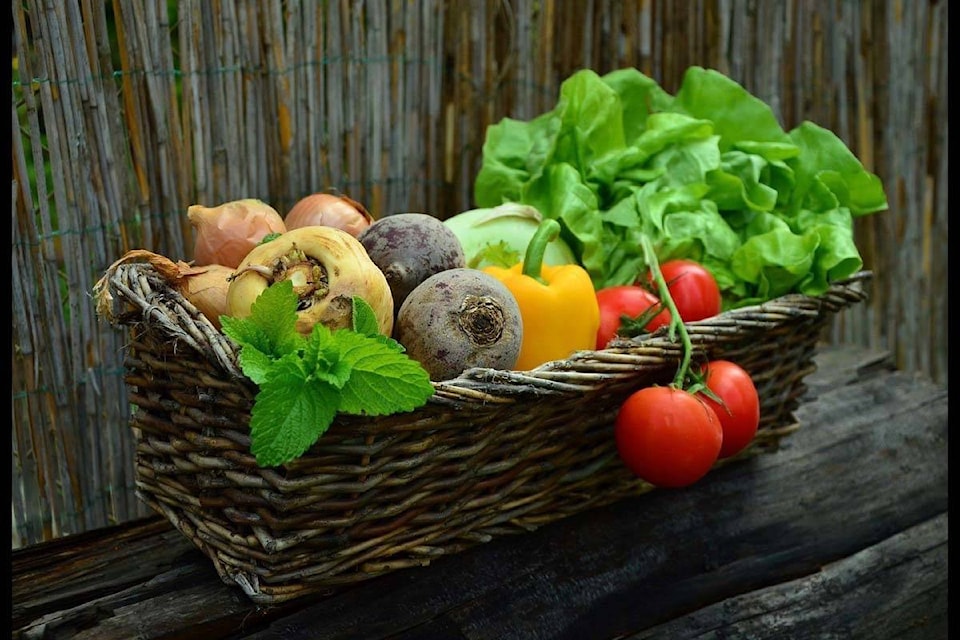Ron Cain | Contributed
North America is experiencing rapid inflation – in waistlines.
Why is abdominal fat of concern? When you eat more calories than your body needs, they get stored as fat. Body fat, especially around the belly, is linked to insulin resistance, also known as pre-diabetes.
Being pre-diabetic is like playing strip poker and getting down to your undies – you may not be naked, but one more lousy hand, and you’ll be in bad shape. But there is still time to quit the game.
ALSO READ: How to make wise choices to achieve weight loss
If you have been gambling with your diet, you have some debts to reduce, and it’s going to take regular payments of diet and exercise to stay out of trouble. Pre-diabetes should be a wake-up call for learning how to play a better hand.
How bad is it? In North America, 1 in 10 people has diabetes, and 1 in 3 is pre-diabetic. In addition, almost 90 per cent of people with diabetes are overweight.
If you are overweight, passive, and over 40, you need to talk to your doctor about testing for insulin resistance along with cholesterol and blood pressure.
In pre-diabetes, the body has a problem processing blood glucose, and instead of fuelling the cell sugar in the bloodstream, it increases to unhealthy levels.
There is good news: with early diagnosis of insulin resistance, the potential for reversing the situation is excellent if the right choices are made.
The right choices are not always the easy choice – no pills, no two-week crash diet from a Hollywood actor, no fancy machines that burn calories while you stand there. But, on the other hand, there is little point in making unsustainable choices – yes, you can follow a low-carb diet or a paleo diet and lose weight. The truth is all diets are good at causing weight loss – they are even better at failing to keep the weight off.
Diet in conjunction with exercise leads to sustainable weight loss and a happier, healthier you. However, some specific foods are beneficial and need to be included in your new healthy eating pattern (which means you will eat this way for your entire life, not just until you lose 20 lbs). Here are a few foods to include:
Whole grains: Bulgur wheat is a whole grain you should consider. At least three servings daily of whole grains equals a 30 per cent reduction in risk for diabetes. However, fibre from refined grains doesn’t offer the same benefit as fibre from whole grains. Bulgur is Mediterranean in origin and is excellent in salads: start with chicken bones, make a broth, cook the Bulgur in the broth, cool and add salad ingredients.
Low-fat dairy: Higher levels of calcium and magnesium are linked to a lower risk of diabetes, but that does not include chowing down on lots of cheddar cheese. You need to select lower-fat dairy choices such as organic Greek yogurt.
Veggies, nuts and fruits: Broccoli, Brussels sprouts, blueberries, almonds, and biotin from organic sugar-free peanut butter plus cereals, legumes, etc. are excellent choices.
Fish: This animal protein is vital to cardiac health and helps fight inflammation in the body. In addition to including fish in your diet at least twice weekly, consider taking salmon or krill oil as daily supplements.
•••
Ron Cain is the owner of Sooke Mobile Personal Training. Email him at sookepersonaltraining@gmail.com.
editor@sookenewsmirror.com
Like us on Facebook and follow us on Twitter



